Pinchas Litvinovsky Profile
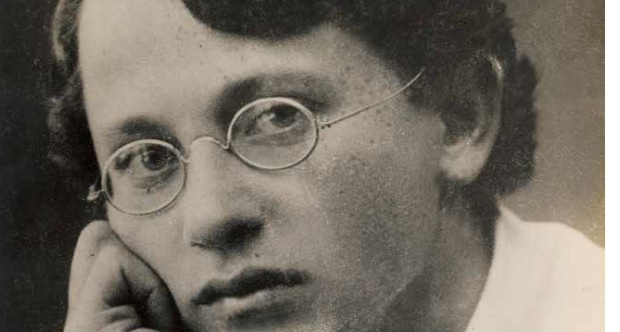
1894
Born on August 11, 1884 (on Tisha B’Av), in the city of Novogeorgievsk (then the Russian Empire, now Ukraine) under the name of Piotr Vladimirovich Litvinovsky, to a religious family of merchants. Studies at a cheder.
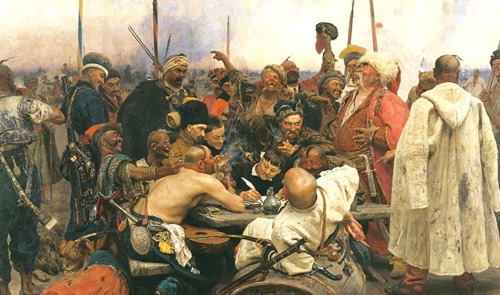
1910
Comes across the painting “Reply of the Zaporozhian Cossacks to Sultan Mehmed IV” by the Russian realist Ilya Repin. The painting becomes a continuous source of inspiration for Litvinovsky throughout his life.
He copies the piece from a postcard; this work earns him a scholarship to study art in Odessa.
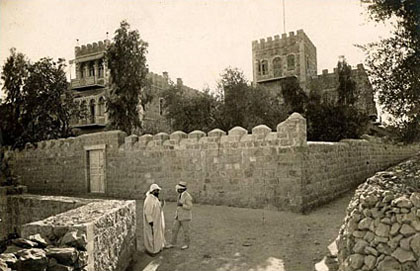
1912
Enters the Academy of Art in Odessa. That same year meets the Bezalel Academy of Arts and Design director Boris Schatz, who, after seeing Litvinovsky’s work, invites the aspiring young artist to come study in Jerusalem. Litvinovsky accepts and moves to Jerusalem to study at Bezalel, but quickly becomes disappointed by the academic approach. Decides to return to Russia to study in Petrograd, where he continues to develop his artistic skills.
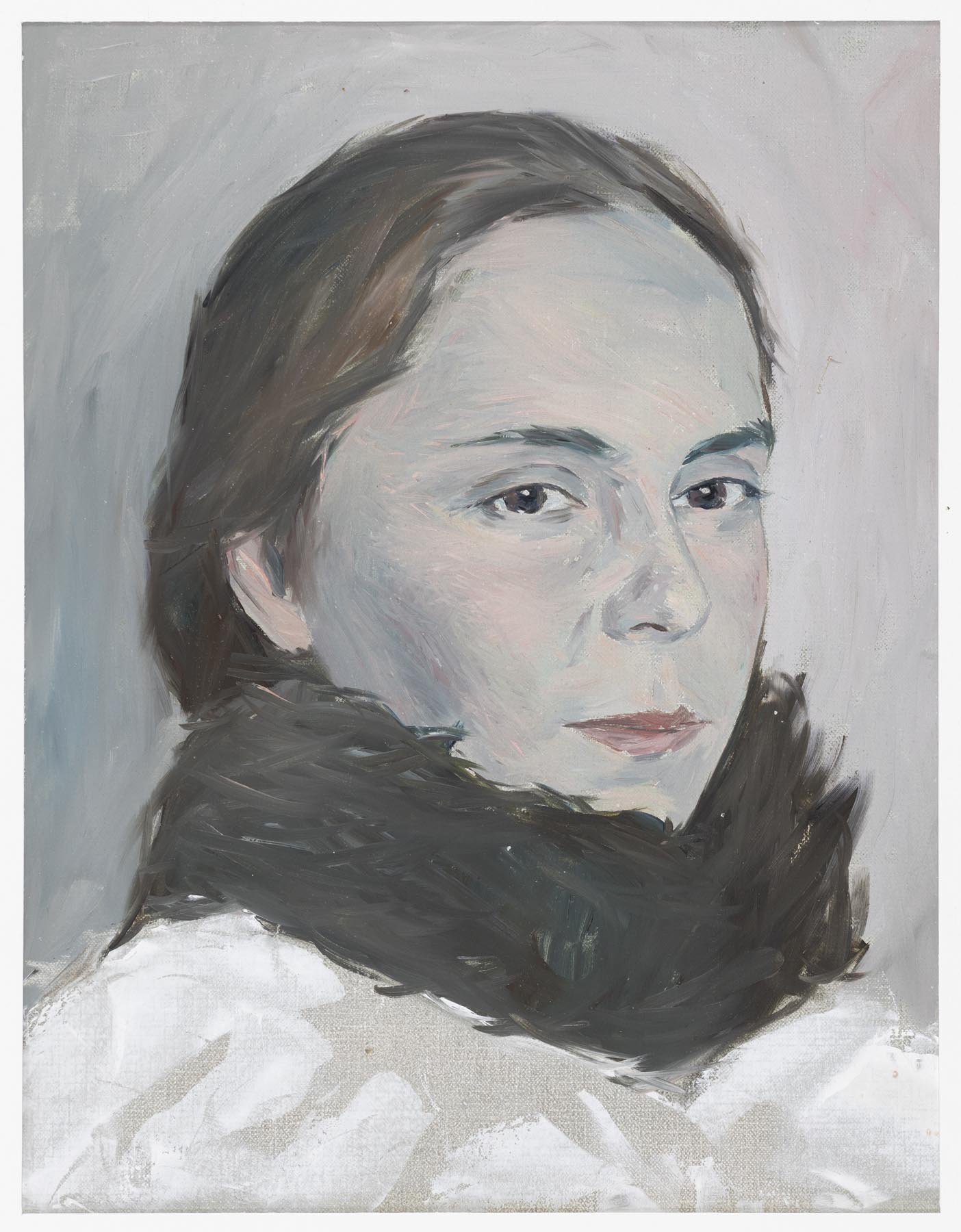
1917
Studies at the Academy of Art in Petrograd under the tutelage of the celebrated academic Dmitry Kardovsky, who was a student of and then assistant to Ilya Repin. In the same year, Litvinovky married Liza, née Turgovsky. The couple later had two daughters, Dafna and Khloya (Chloe).
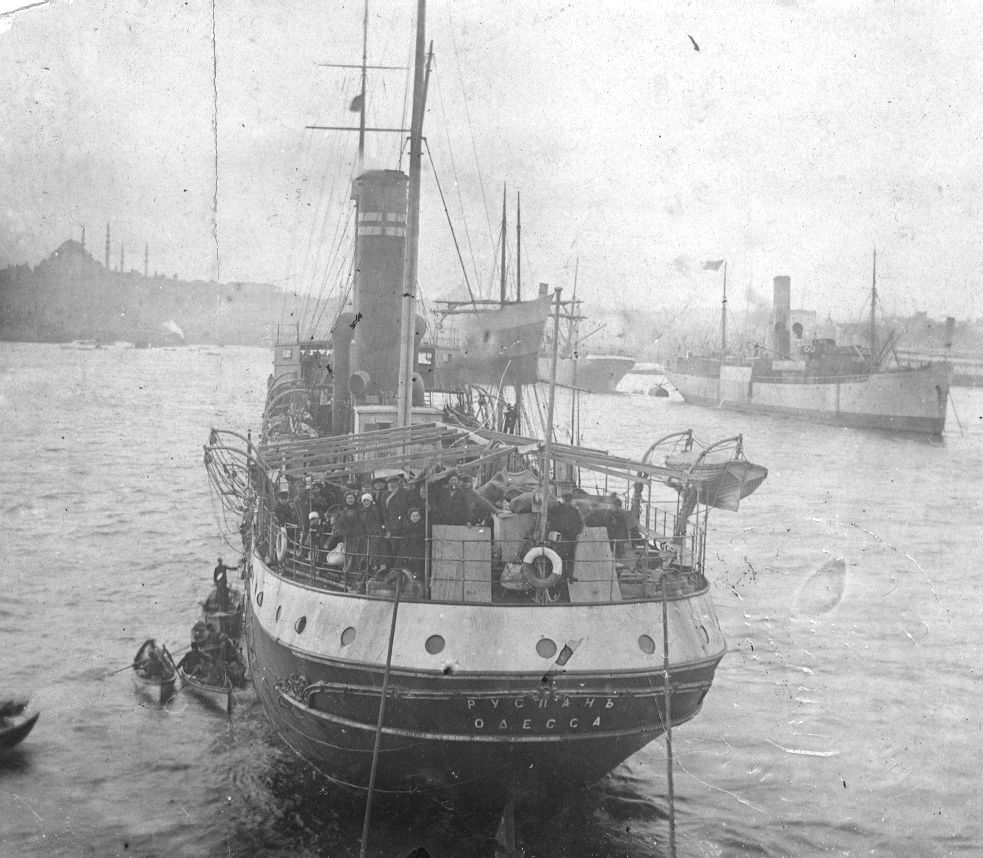
1919
After the end of the First World War, Litvinovsky returns to Eretz Israel on the famous ship “S.S. Ruslan”. First lives in Tiberias, then in Hartuv, Ptnah Illit, and finally in Jerusalem.
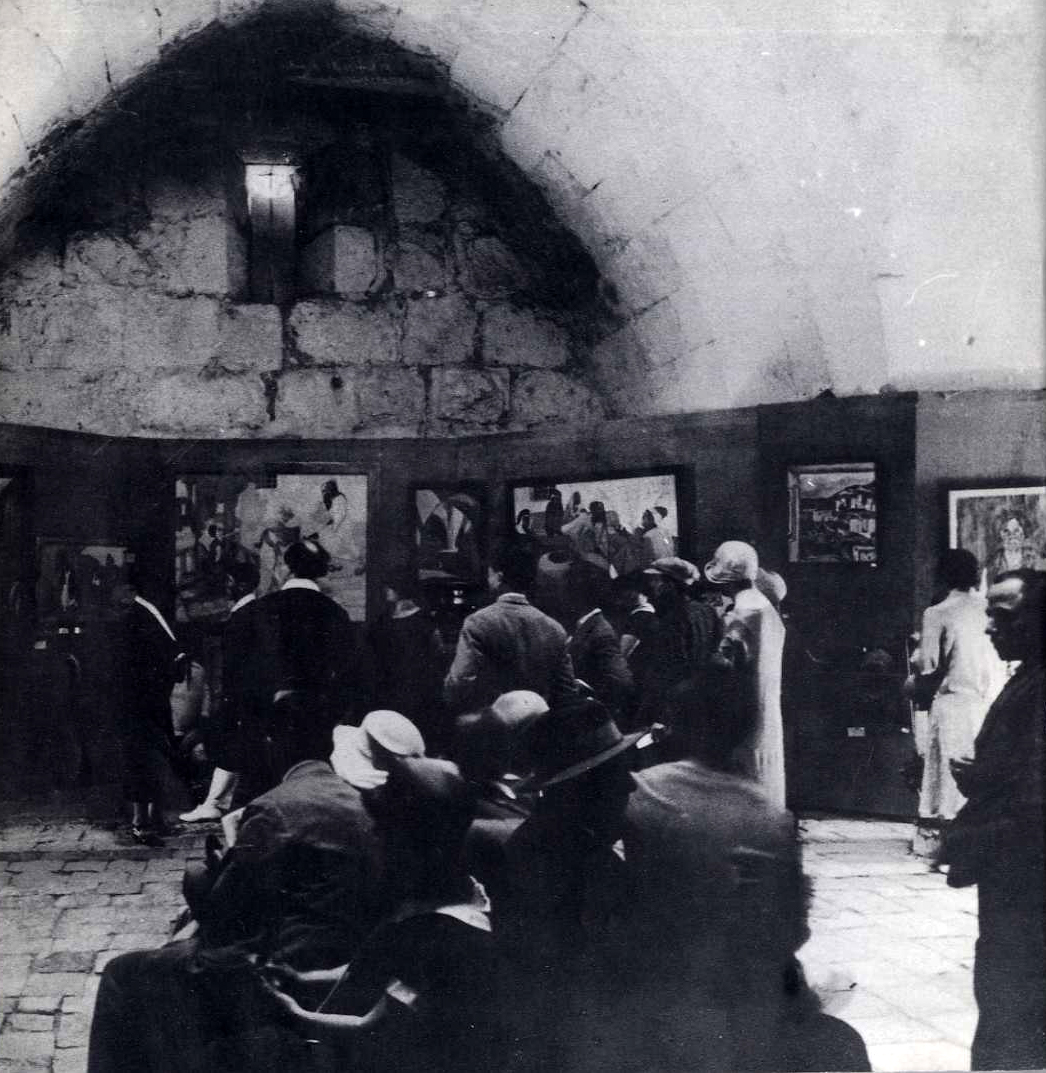
1924
First exhibition at the Tower of David in Jerusalem with the Hebrew Artists’ Association. Litvinovsky continues to exhibit with them for two more years.
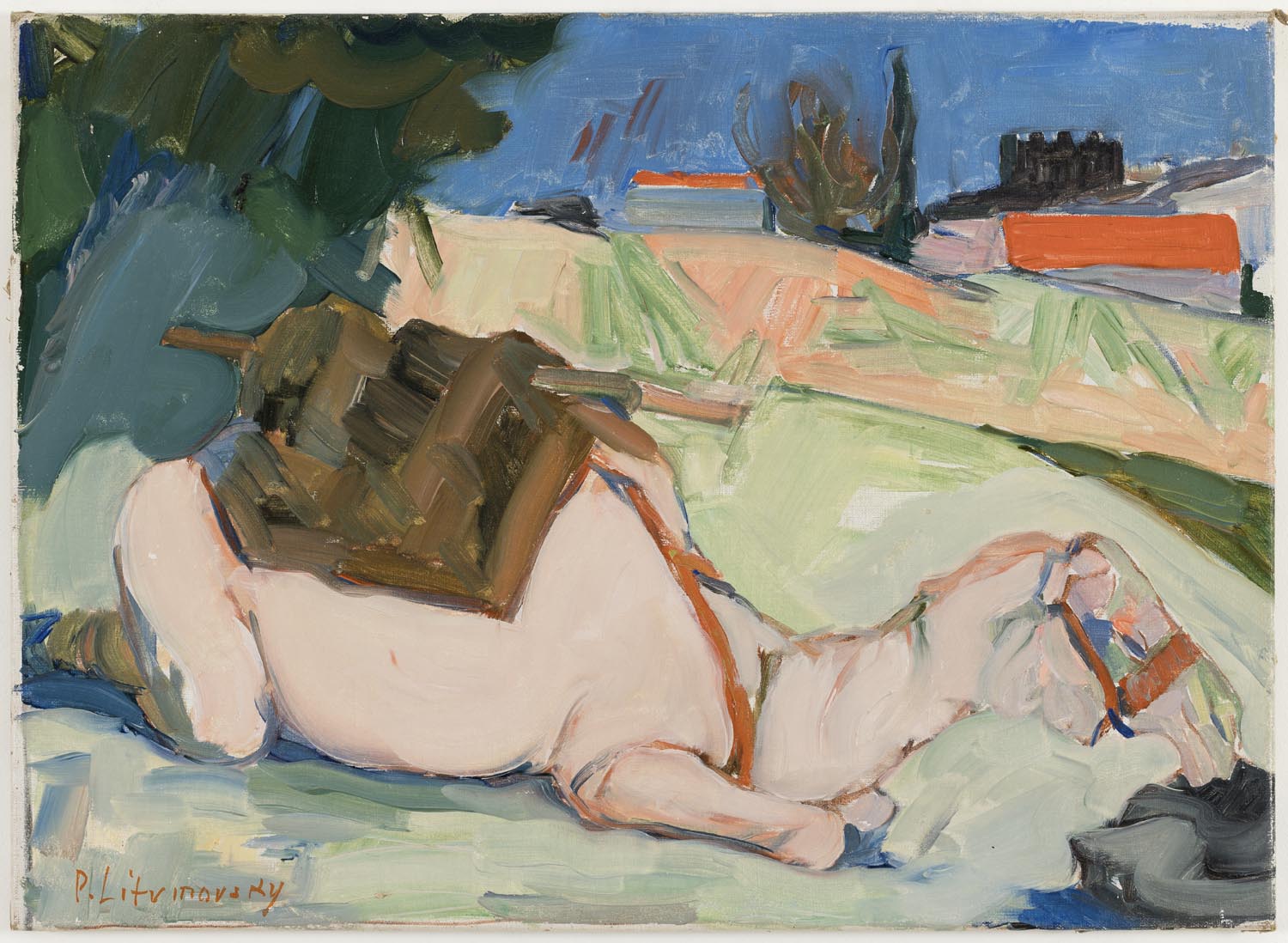
1926
Is commissioned to design the set and costumes for the play “The Dybbuk” by S. Ansky in Tel Aviv. Also designs the first logo of the Hapoel Sports Association. Takes part in the “Modern Artists” exhibitions at the Ohel Theater, for which he also creates a logo, and establishes an art studio together with the artist Moshe Mokady, where the two teach students who left Bezalel.
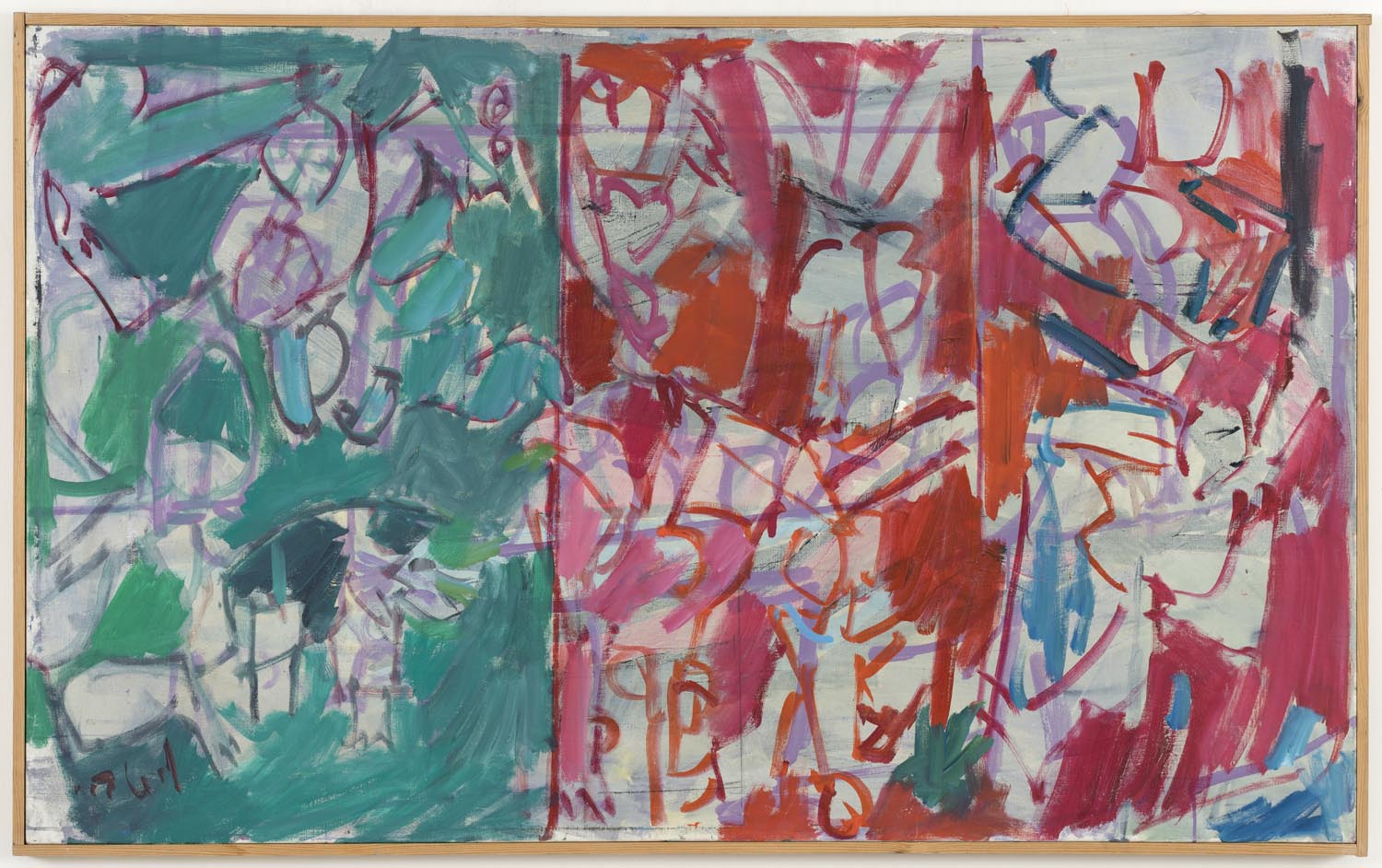
1929
Joins the Egged Association of Israeli Artists, which included, among others, Arieh Lubin, Avraham Melnikov, Chana Orloff, Yossef Zaritsky, Reuven Rubin, Nachum Gutman, etc. Takes part in all three of the group's important exhibitions.
In the late twenties, travels to Paris for the first time. Stays for several months and studies the works of Georges Roux, Paul Cézanne, Henri Matisse, Pablo Picasso, Joan Miró and the painters of the School of Paris. His artistic style develops under their influence. He would return to Paris over the next decade.
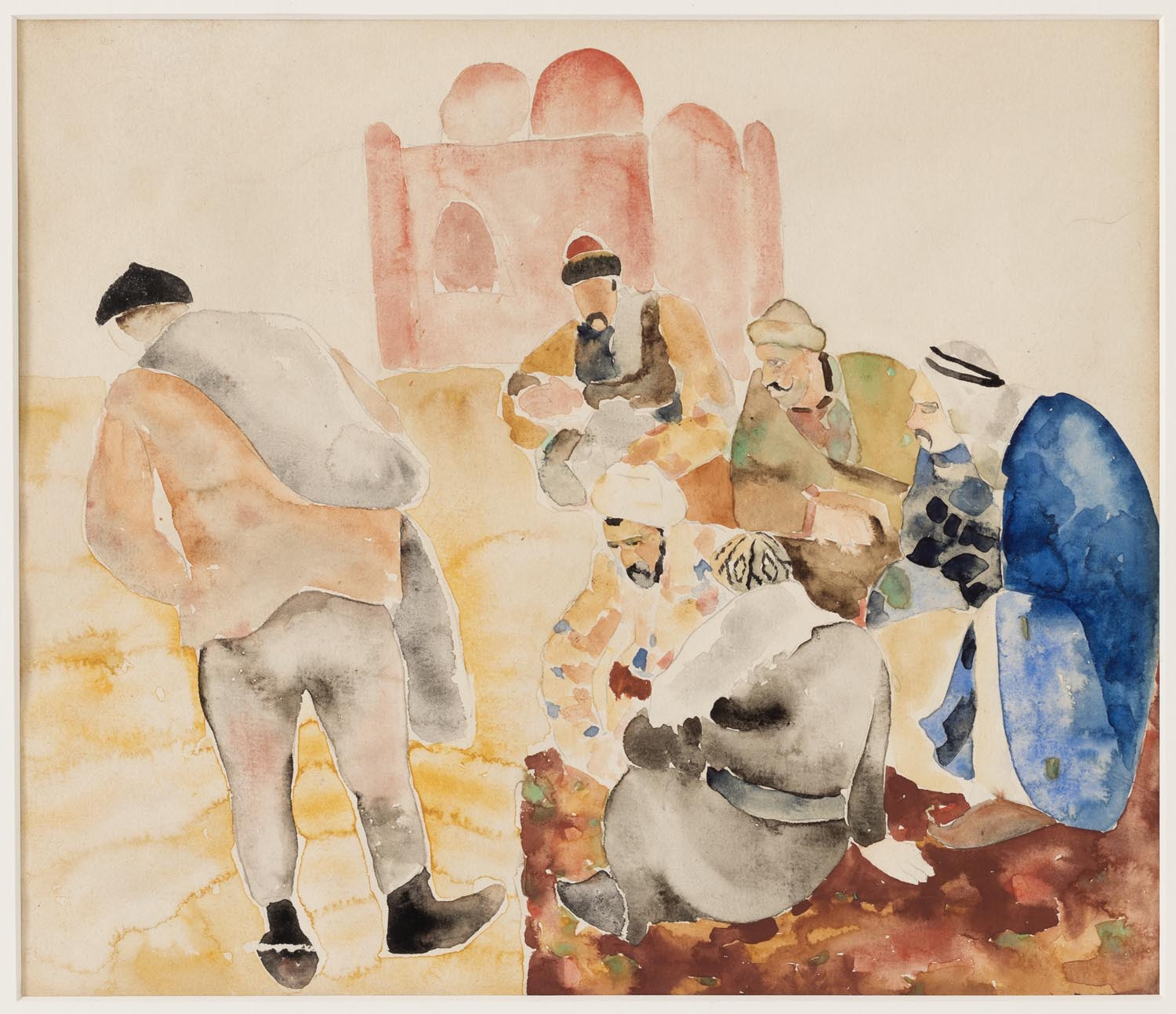
1930
Takes part in “The Beginnings of Modernism in Israeli Painting, 1920–1930” exhibition at the Tel Aviv Museum. In the following years, often exhibits in Haifa, Tel Aviv and Jerusalem. Paints many Jewish cultural figures, making a living through portraiture on commission.
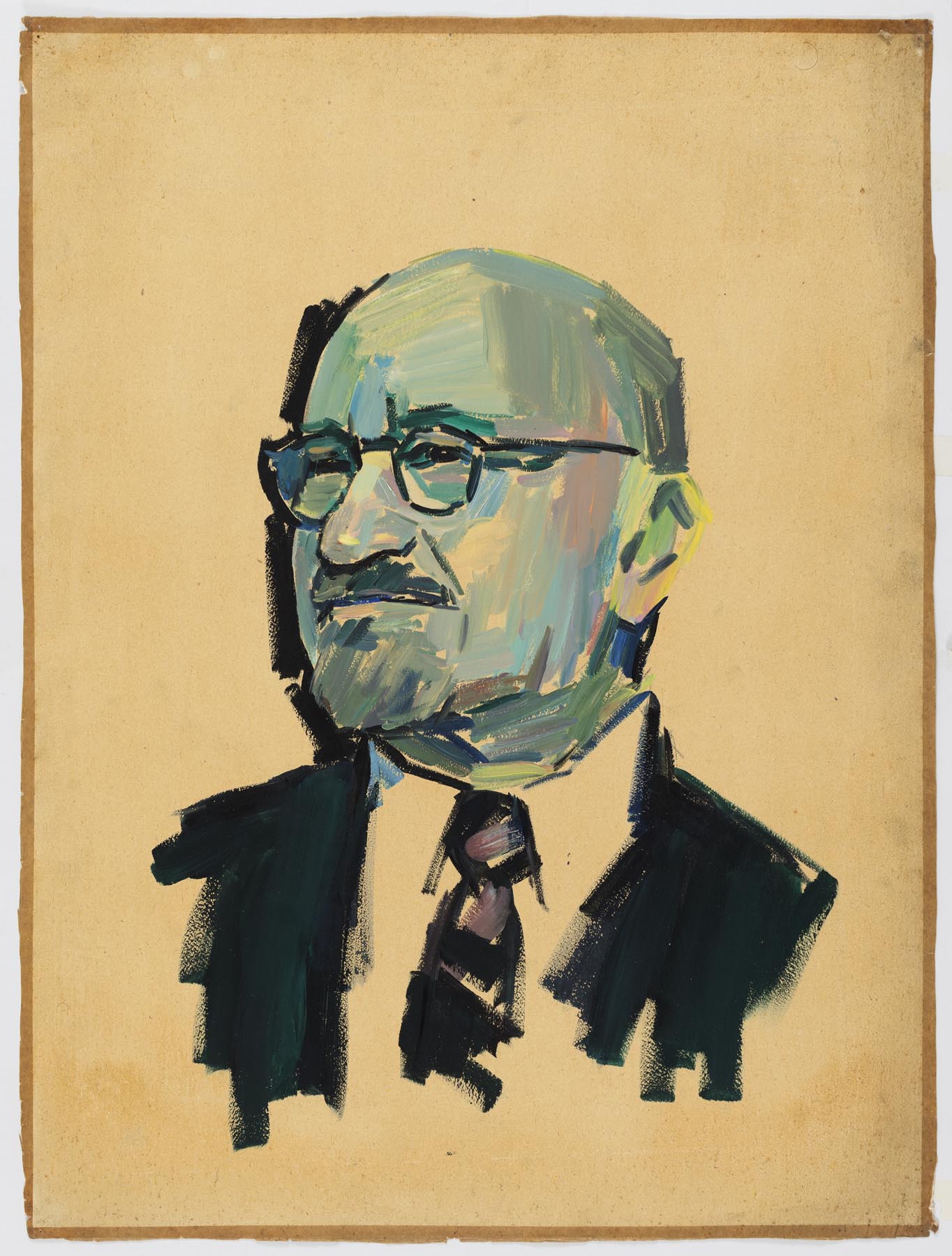
1939
Becomes a member of an art colony in Motza Illit, alongside Siona Tagger, Moshe Mokady, Hannah Weiler Levi and others; continues to develop his style inspired by French expressionism. In the same year, wins the Tel Aviv City Council’s Dizengoff Award for Art.
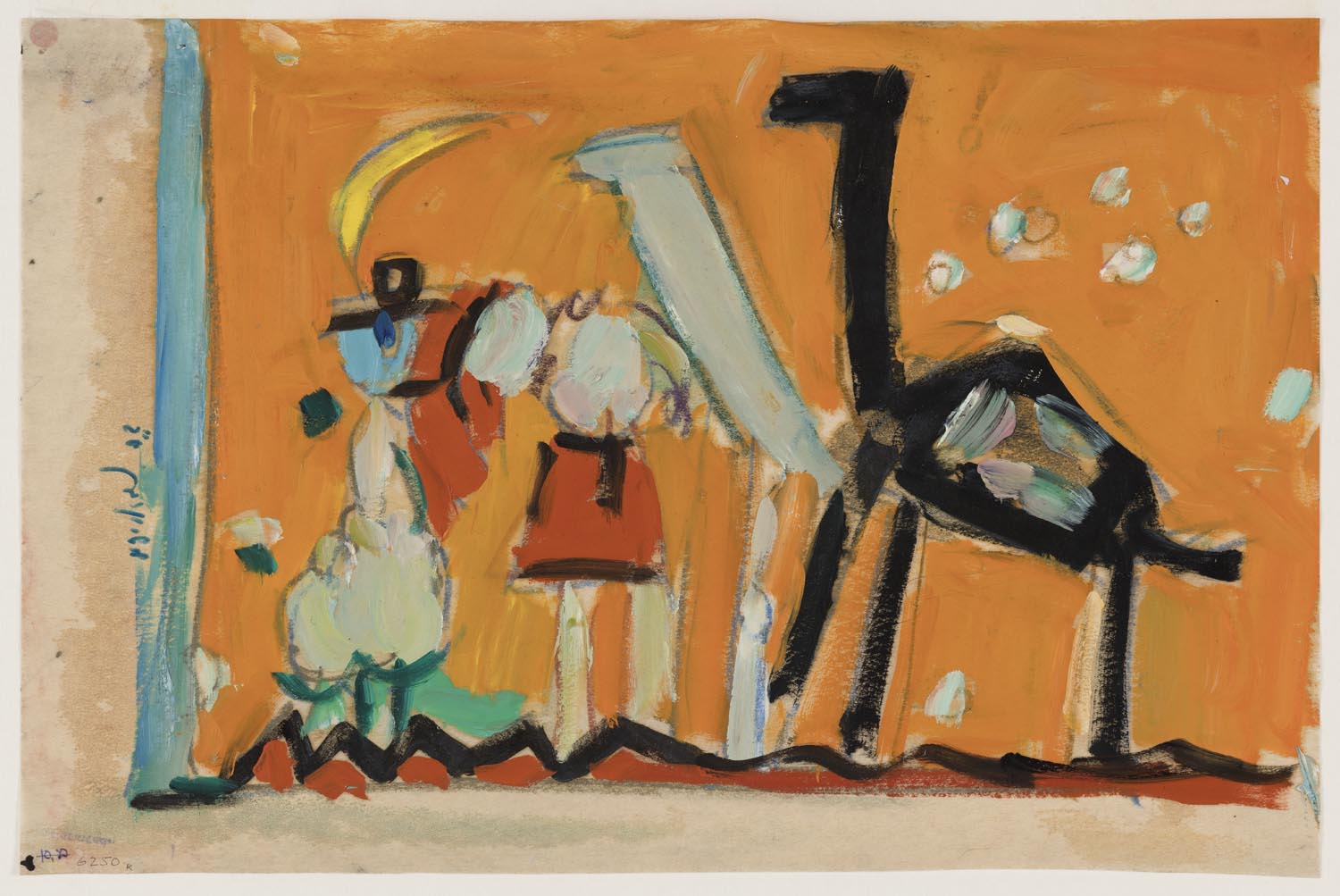
1944
A large solo exhibition at the Tel Aviv Museum of Art on the occasion of Litvinovsky’s 50th birthday. Later, presents works at two more exhibitions at the Bezalel.

1950
With Moshe Dayan’s help, settles on 29 November Street in the old Katamon neighborhood in Jerusalem, in an abandoned house previously used by the British Deputy High Commissioner. Lives and works in the apartment until his death. In the following years, visits Europe and the United States.
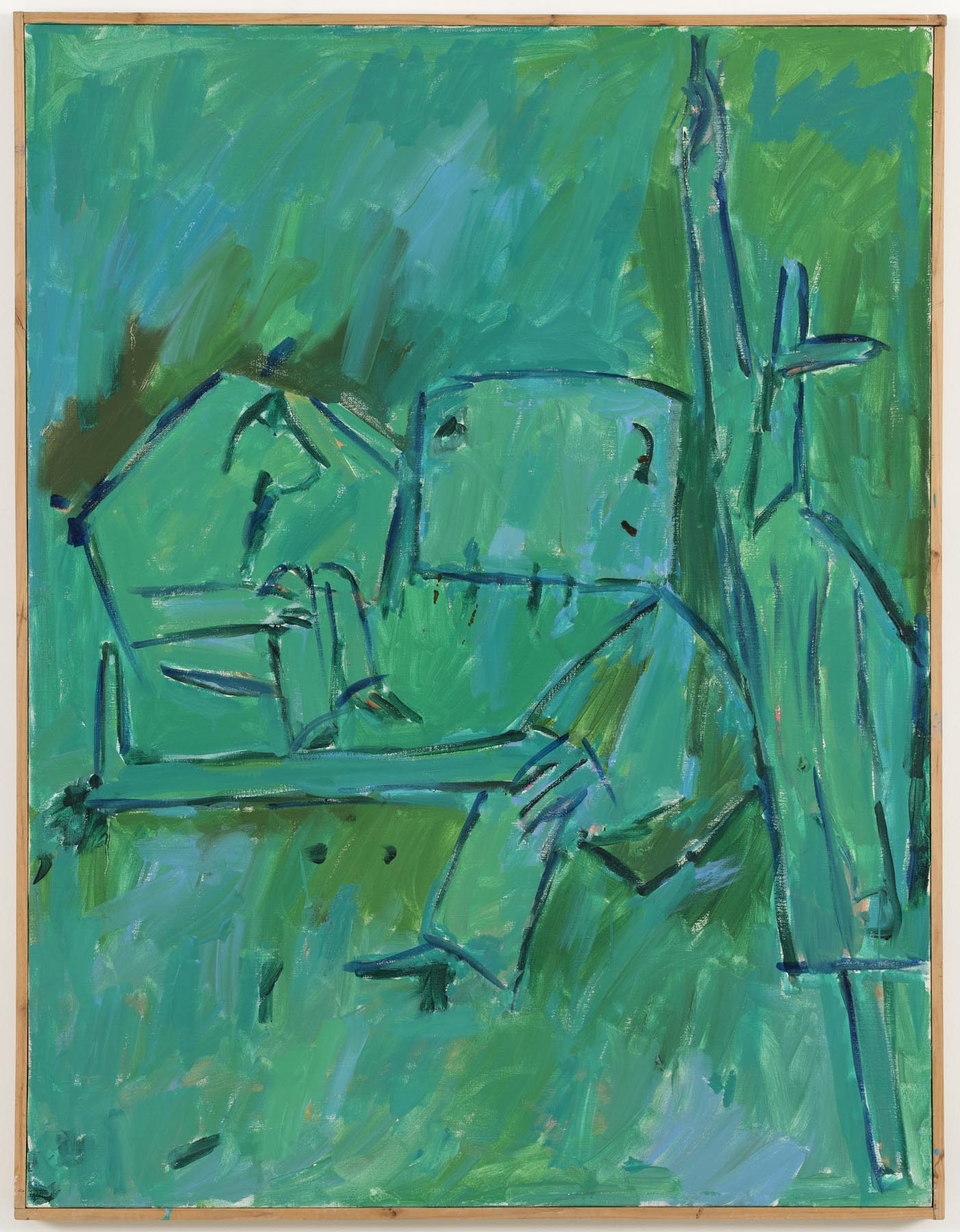
1960
Large solo exhibition in the Helena Rubinstein Pavilion of the Tel Aviv Museum of Art with 250 oil paintings, gouache, and chalk drawings.
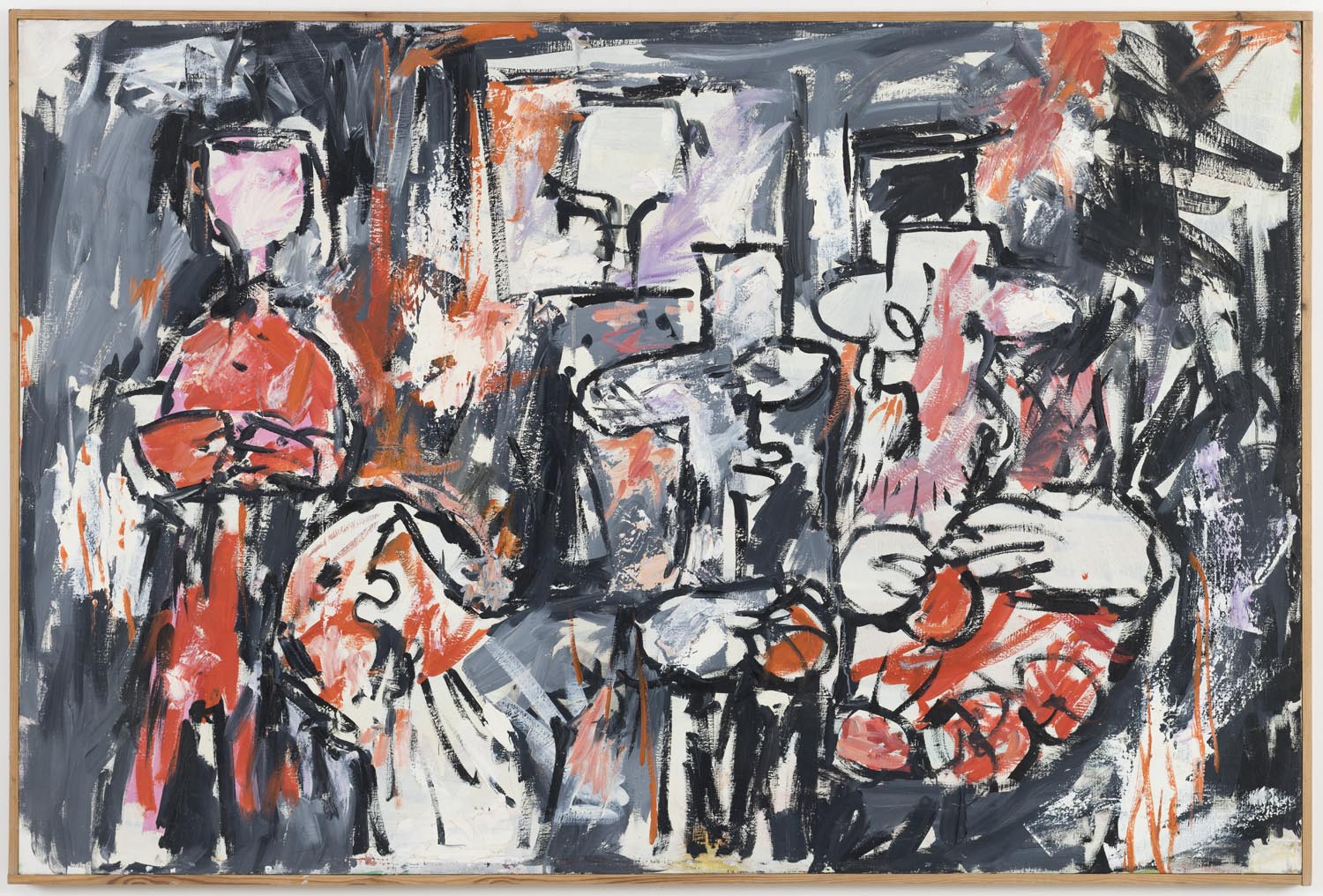
1970
Wins the Yakir Yerushalayim Prize. A period of solitude and seclusion at home begins, lasting until the end of his life.
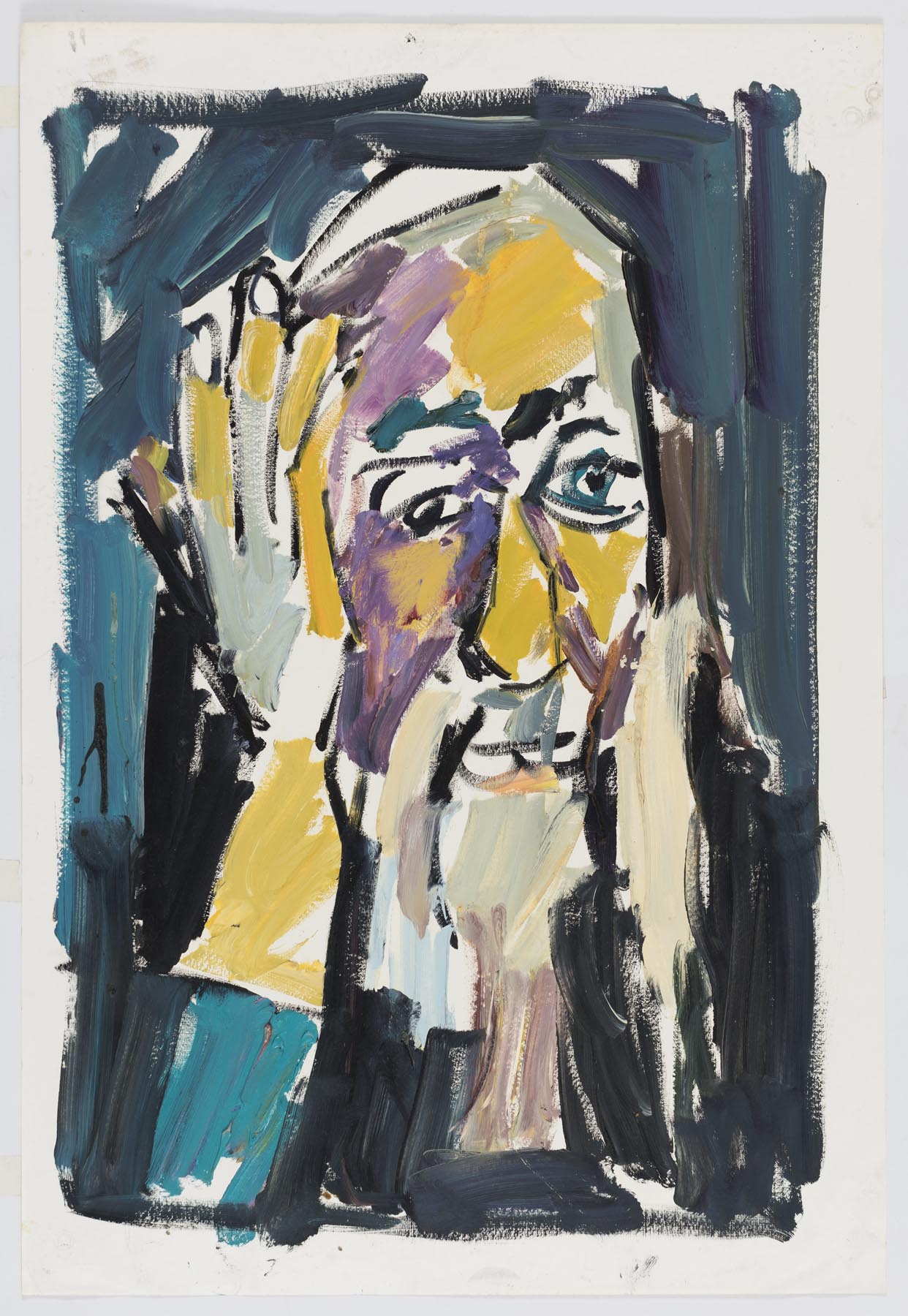
1978
Exhibits a series of paintings called “The Source of Life” in a solo exhibition at the Arta Gallery in Jerusalem. In the same year, presents a series of portraits of rabbis at the Goldman’s Art Gallery in Haifa.
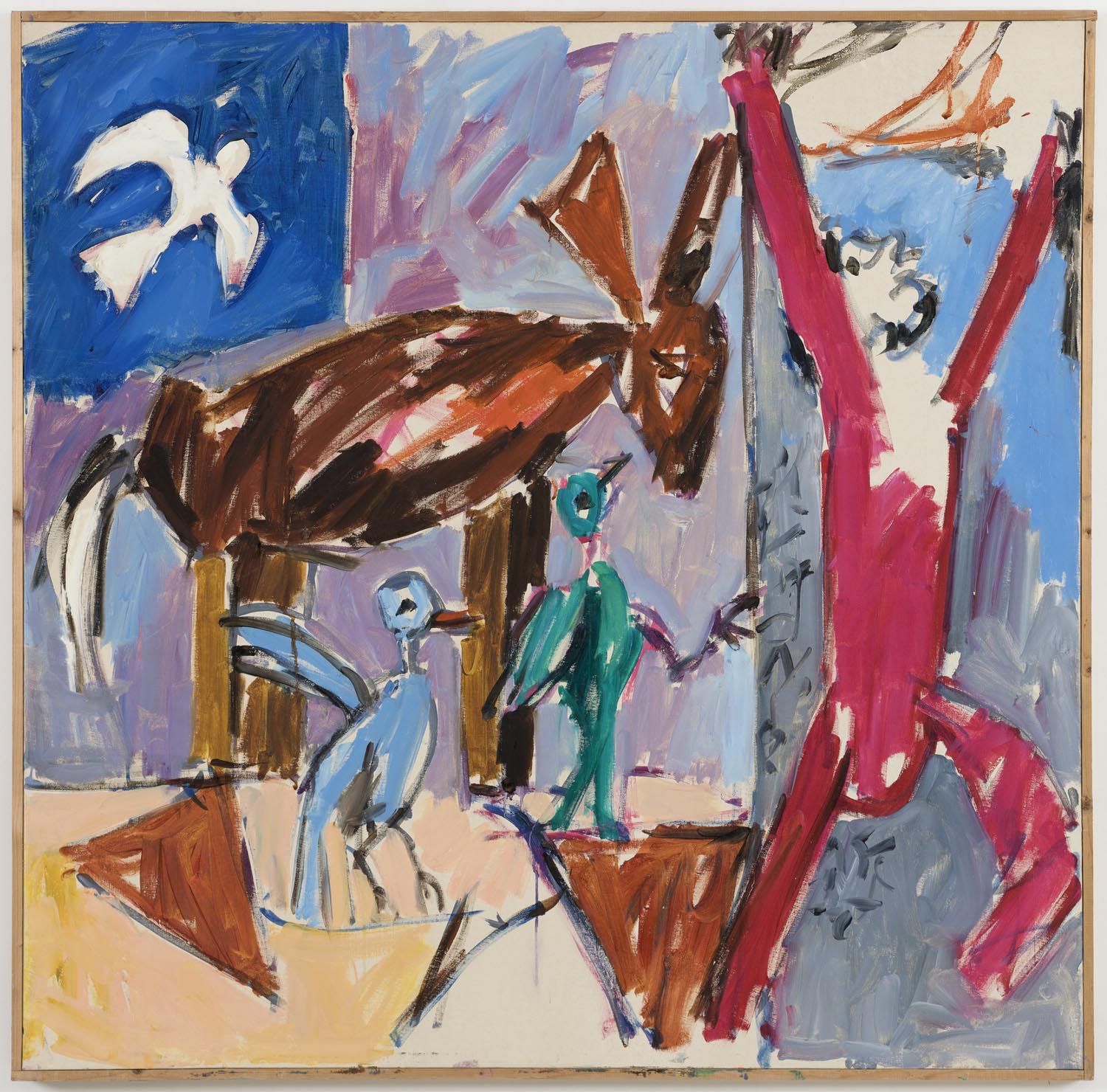
1980
Wins the Israel Prize for Painting (alongside Anna Ticho and Yosl Bergner) but does not attend the award ceremony.

1985
Dies on the eve of Rosh Hashanah in Jerusalem; buried in Har HaMenuchot Cemetery.
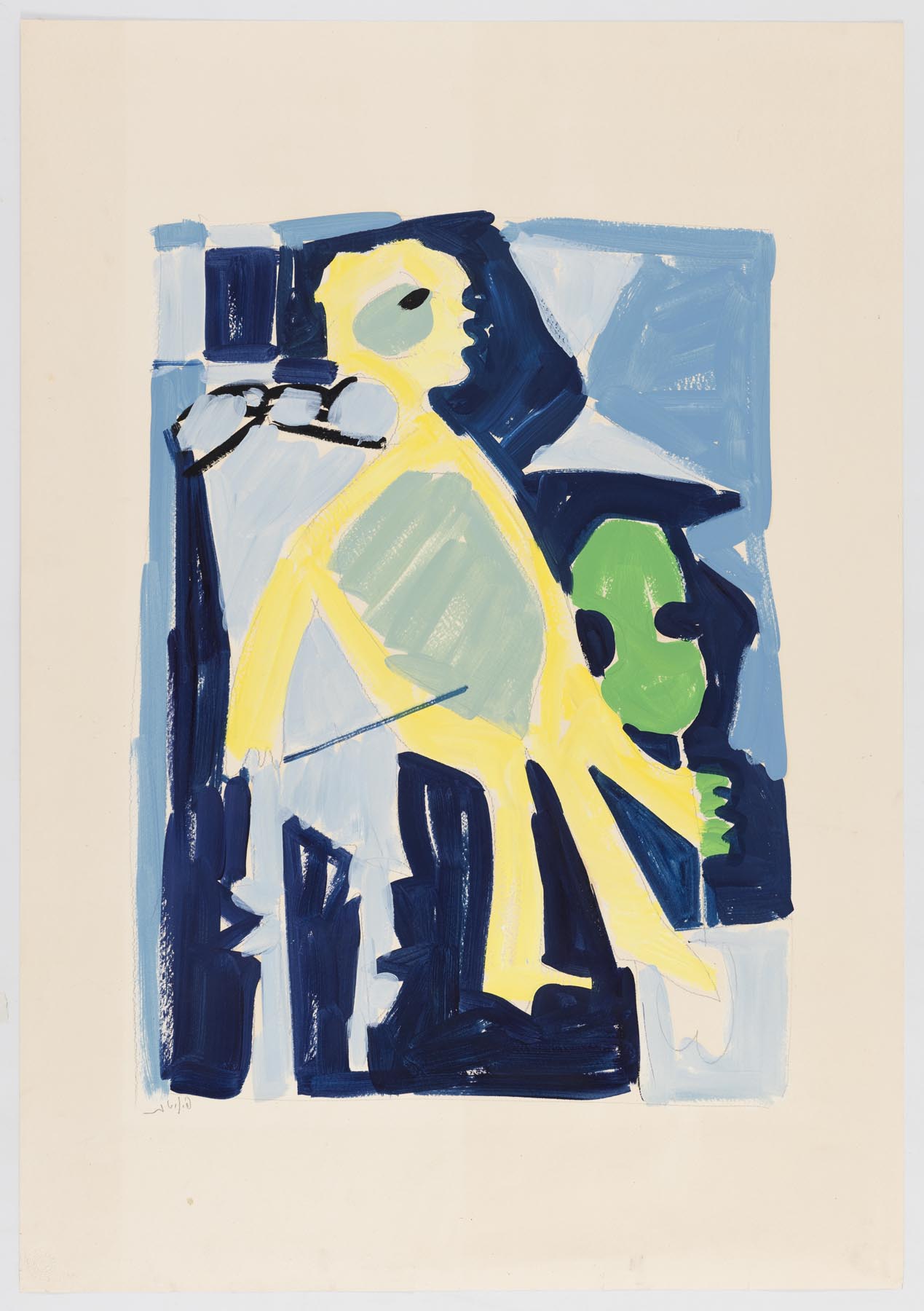
1986
On the anniversary of Litvinovsky’s death, a large memorial exhibition is held in the Knesset. In the same year, Gideon Ofrat presents Litvinovsky’s “The Violinist” series at the Artists' House in Jerusalem.
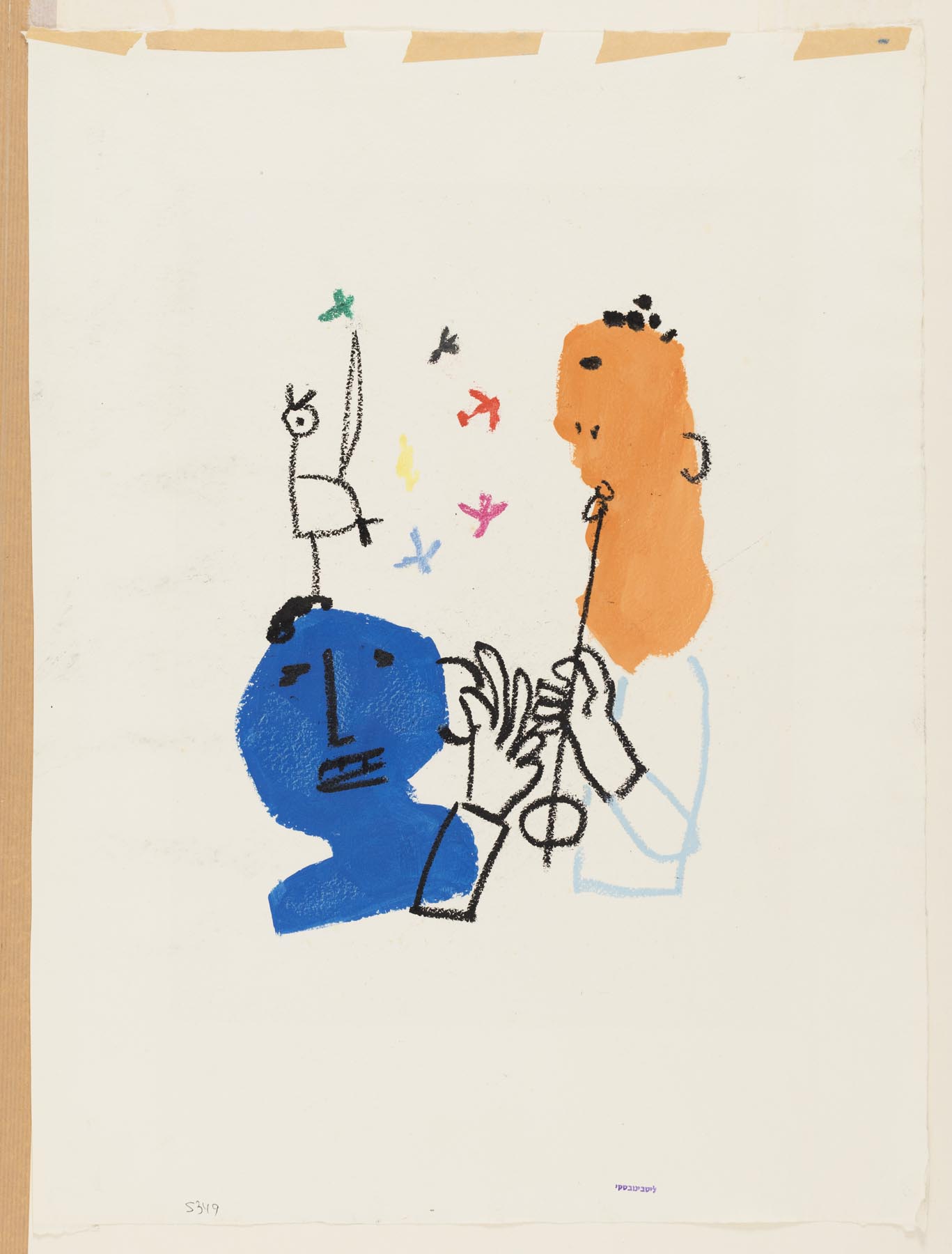
1990
“Litvinovsky: Paintings”, curated by Yigal Zalmona, exhibited at the Israel Museum, Jerusalem.
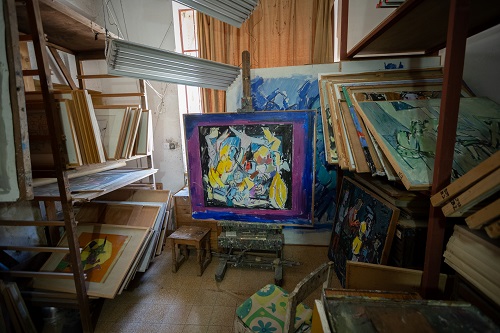
2020
Following numerous fruitless attempts to establish a museum for Litvinovsky's paintings, the artist’s estate is evacuated from his studio in the Katamon neighborhood of Jerusalem. There were over 6,000 works; after a massive elimination process, their number was reduced to about six hundred.
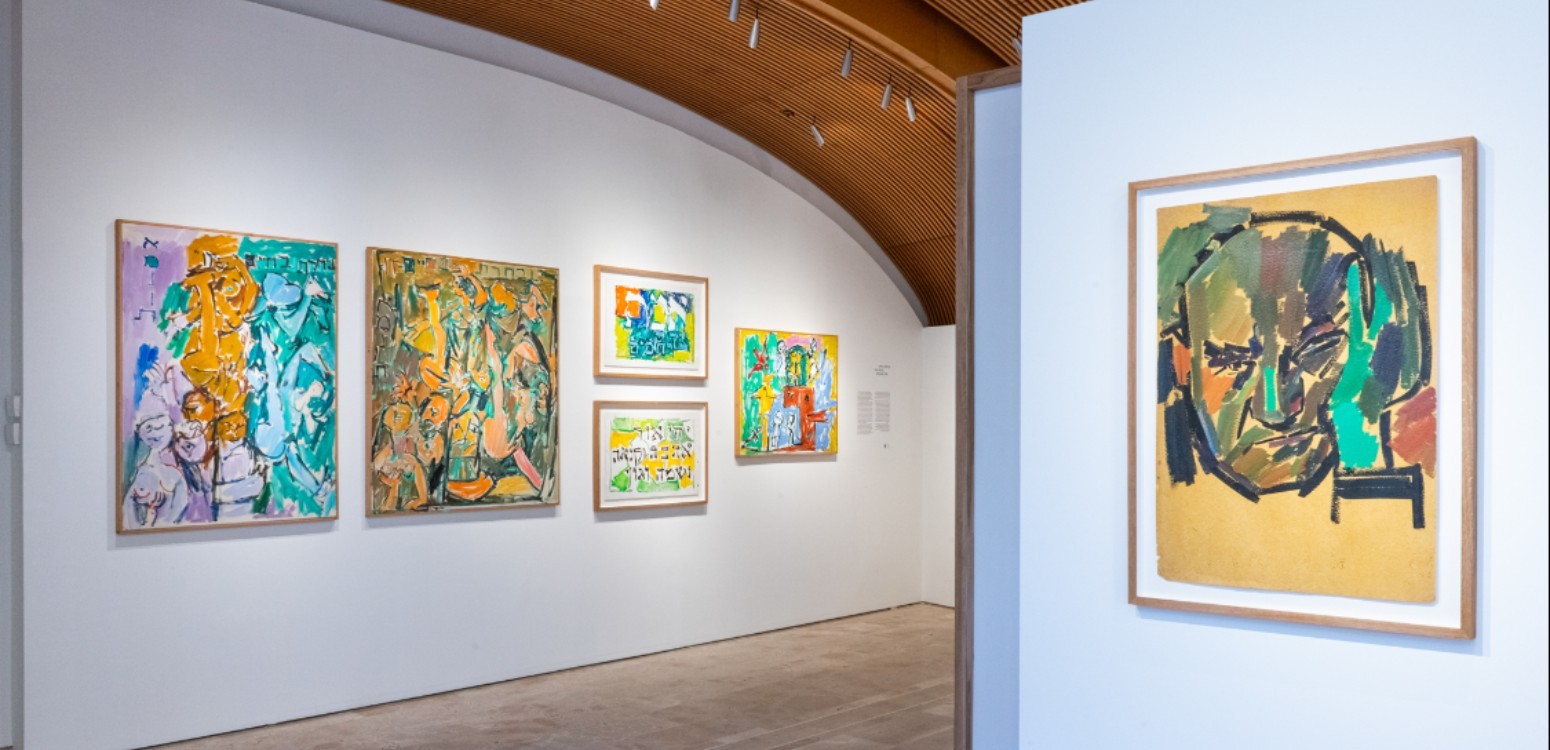
2024
The opening of the exhibition at Beit Avi Chai